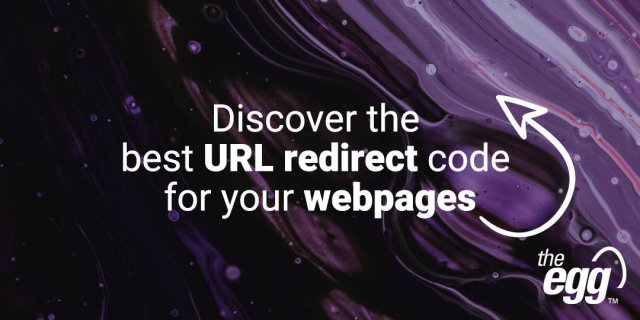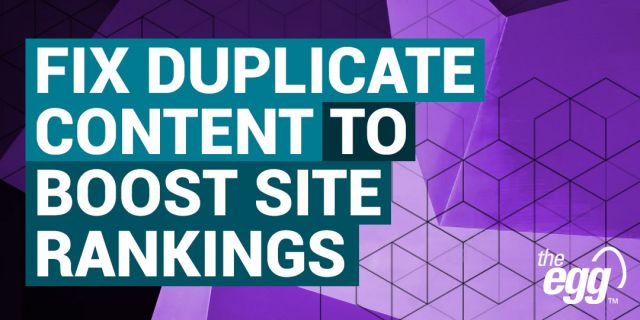In today’s chaotic and competitive online world of videos, gifs, games, blogs, memes, infographics, case studies, checklists, whitepapers, and of course advertisements, we are constantly bombarded—overwhelmed even—with content.
Cutting through this clutter is key to a company’s success. But how do we do this without annoying our audience? What is the sweet spot for advertising online? This is a question that even Google can’t yet answer, as it recently reversed its decision to block ad blockers.
This leads to yet a more existential question: Do users benefit from blocking ads—ads that, in theory, are meant to assuage our insatiable desire for content and improve our user experience? In practice, though? Ads are often annoying, seemingly irrelevant, and can be distracting from our true search intent.
Here, I’ll dive into the good, the bad, and the future of ad blocking.
Ad Blocking: The Good
UX > Monetization
The pro of ad blocking is that it can improve your user experience, especially on overly monetized pages that appear to completely ignore a user’s ability to interact with and enjoy the content.
We’ve all been there: searching for the perfect Thai curry chicken recipe or Googling some benign symptom (and then of course self-diagnosing impending doom), and then BAM! The link we’ve clicked opens to a spammer’s paradise—flashing textboxes, blaring sounds, and erratic images pulsating around the page. Or equally annoying, we’re enjoying a YouTube binge but keep getting interrupted every 2 minutes with jarring commercials.
Each of these overzealous advertisement styles can rip us out of our state of enjoyment and distract us from our true search intent. That is, if the ads are not well-targeted nor done with UX in mind.
Of course, then, it makes total sense to install ad blockers and streamline our own search experience online.
However, there are wider implications. What if everyone installed ad blockers? How then do publishers, advertisers, and marketers monetize their content? The answer is simple, albeit apocalyptic: All content becomes paid.
Ad Blocking: The Bad
Monetization > Universal Paid Content
The con of ad blocking is that it could lead to an influx of paywalled content.
Imagine a world where all content was behind a paywall: That blog post with your Thai curry chicken recipe? Guess what—the page will look pretty and have zero distracting ads on it, but you’re paying USD $5 to access it. Or you’re paying a monthly subscription to binge-watch YouTube, Netflix-style.
(As for googling your symptoms, we don’t suggest it anyways! ?)
As marketers, we know that there is a place for online advertising (in fact, it played a huge role in the democratization of information through the internet). As consumers, of course this can be annoying. But the alternative is worse: We’d have to pay to access the very content that we currently take for granted as being free.
If we suddenly disallowed or everyone blocked all ads, that’s the type of borderline-extortionate online environment we’re doomed to create, because people can’t just keep creating the compelling content that sustains the internet for fun—fundamentally, they must make money off of it in some way: Someone has to pay to play.
So how do marketers monetize content without annoying users, and how do users consume content without shunning marketers? The answer is again simple, but this time no apocalypse: It becomes a balancing act of quality over quantity.
Ad Blocking: The Future
Quality > Quantity
Finding a happy-medium between monetization and user experience is crucial for the future of advertising online.
Almost every other advertising medium has determined its ad tolerance level. For example, TV advertisers tested intensely and comprehensively to determine that audiences tolerate approximately 25% advertising time. Essentially, this translates to a 30-minute TV timeslot being allotted 8 minutes of commercials.
For publishers, perhaps 25% could also be a good benchmark for ads on a webpage, as suggested in Search Engine Land. However, there is no current industry standard for publishers, let alone advertisers who often don’t (but can and should) control or filter where their ads appear, how often, and to whom.
What we do know is that it’s essential for marketers to take great care in ensuring they their ads target search intent, are not annoying in nature, and are placed optimally for user interaction with the content of the page. The goal should always be to inspire users to engage with ads, not blanket block them.
Achieving this is actually a data science problem disguised as an art form. It takes research, analytics, hypotheses, testing, formulas, and methodologies to create a masterpiece of effective—not annoying—cross-channel advertising campaigns that are sensitive to both user experience and revenue generation.
And as with all art, beauty is in the eye of the beholder. But for online advertising, data science tells us who’s looking—and how we can appeal to them.








